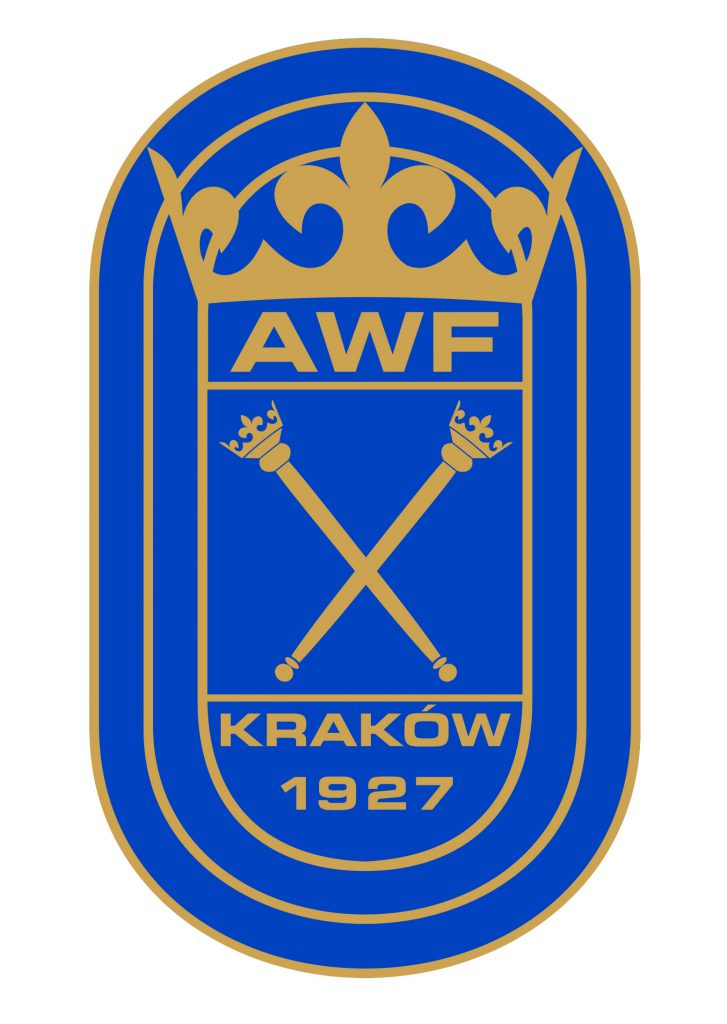Effects of post-exercise vibration massage on selected psychological aspects
An athlete who takes part in various types of competition should feel rested and relaxed, and should not feel fatigue resulting from intense physical activity. For this reason, scientists are looking for more and more new methods that affect faster post-workout regeneration, both physically and mentally.
The aim of the Polish researchers from the University of Physical Education in Krakow was to determine the optimum vibration frequency, duration and position during the treatments that would work best in reducing subjective muscle pain, mental discomfort and emotional states that were disturbed by intense physical activity.
- Each participant performed a set of intense physical activities and then received vibrotherapy.
- It was observed that all variables studied improved significantly over time (after the vibrotherapy treatment and 24 h after training).
Compiled from:

Wrześniewski K, Pałka T and Blecharz J (2024) The influence of vibratory massage after physical exertion on selected psychological processes. Front. Psychol. 15:1380282. doi: 10.3389/fpsyg.2024.1380282
Study population
Sixteen volunteers took part in the study. They were healthy men with a similar level of physical fitness. The mean age of the subjects was 22.17 +/- 1.4 years.
Study procedure
Vibrotherapy treatments were carried out using a device of the Polish brand Vitberg.
For the purposes of the study, 2 frequency ranges were determined: low frequency I, i.e. a range of 2-52 Hz; higher frequency II – a range of 82-100 Hz. The study took into account 2 times: T1 10 min and T2 45 min, as well as two body positions during the treatments: position A lying down and position B – lying down with the lower limbs raised by 20 degrees. The vibrotherapy treatments covered the area from the feet to the lumbar spine.
Each participant was subjected to all 8 combinations of time, position and frequency in a randomised order. Each combination was tested after anaerobic training at 10-day intervals.
Four tests were used as measurement tools: the POMS questionnaire, the VAS scale to assess pain levels and psychological discomfort, the STROOP test.
Use of vibration in the study
Vibrations were generated by vibrotherapy devices of the Polish brand Vitberg. The position during the treatments was lying down with the lower limbs straight. The frequency was administered in two ranges: 2-52 Hz and 82-100 Hz.
Results
Analysing all the measurements, we see that the improvement of mood, especially vigour, is better influenced by the frequency 2-52 Hz. It was also observed that shorter treatments – 10 minutes – have a better effect on reducing pain sensations.
The position adopted during the treatment has no effect on the reduction of pain and psychological discomfort.
Summarising the above, we can conclude that the best effects in terms of psychological recovery after intensive physical exertion are provided by 10-minute treatments at a frequency of 2-52 Hz conducted in any position.
Researchers note that vibrotherapy affects both the somatics and the psyche, so its action is considered to be comprehensive.
Conclusions
The researchers emphasise that vibrotherapy may have applications in competitive sport, as effective methods of post-exercise recovery, both physical and psychological, are still being sought in athletes.
More in:


